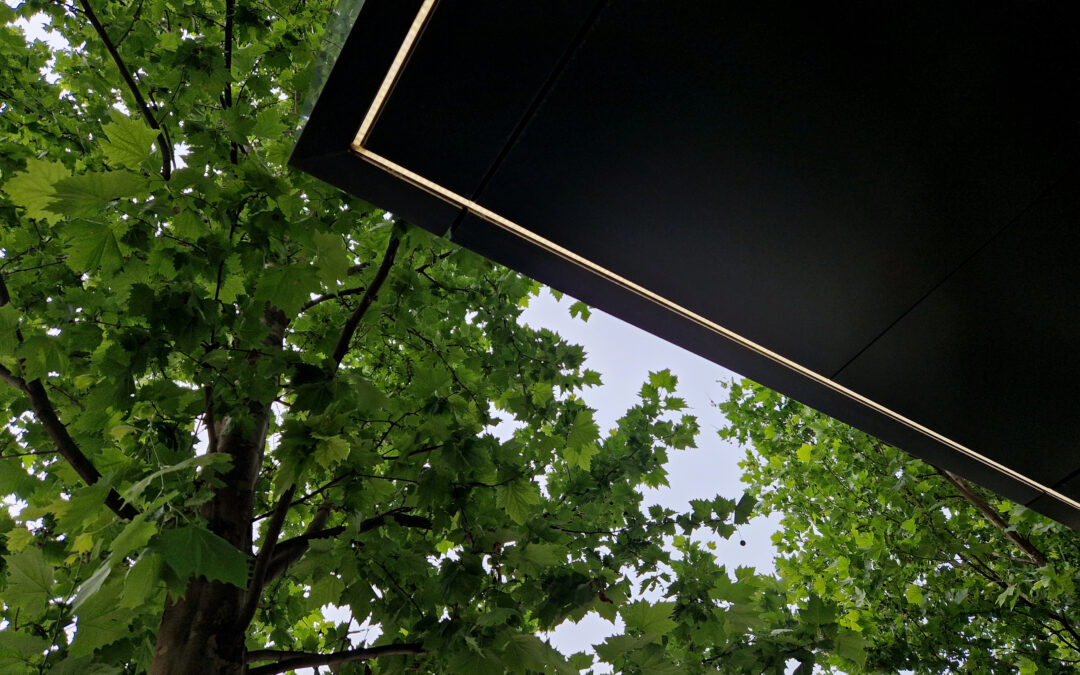LED lights, or light-emitting diodes, are energy-efficient lighting solutions that consume significantly less power and have a longer lifespan compared to traditional incandescent bulbs. According to the ENERGY STAR®, a joint program of the Environmental Protection Agency (EPA) and the Department of Energy (DOE), “LED lighting is more efficient, versatile, and lasts longer”. Their increasing popularity in permanent outdoor lighting systems is driven by their durability, ability to withstand harsh weather conditions, and lower energy costs. Additionally, LED technology offers versatility in color and brightness, making them ideal for various applications such as landscape lighting, security lighting, and decorative displays. As awareness of energy efficiency and environmental sustainability grows, more homeowners and businesses are opting for LED solutions to enhance outdoor aesthetics while reducing electricity consumption.
The purpose of the article is to examine how LED lights enhance sustainability and energy efficiency in permanent outdoor lighting, highlighting their benefits such as reduced energy consumption, longer lifespan, and lower environmental impact compared to traditional lighting options.
1. Energy Efficiency
1.1 Long-Term Cost Savings
LED lights offer significant long-term financial benefits, primarily through their lower maintenance and replacement costs compared to traditional lighting options. While the initial investment in LED technology can be higher, their lifespan can exceed 25,000 to 50,000 hours, compared to just 1,000 hours for incandescent bulbs. This extended lifespan reduces the frequency and costs associated with replacements, including labor and materials; for example, replacing a traditional bulb every year can result in an average expenditure of about $200 over ten years (considering bulb costs and maintenance), whereas an LED may only cost around $60-$80 for the same duration. Additionally, LED lights are more energy-efficient, consuming up to 80% less energy, leading to substantial savings on electricity bills, which can also amount to thousands of dollars over the lifespan of the lighting systems. Altogether, these factors contribute to a return on investment that often justifies the upfront costs, making LEDs a financially prudent choice in the long run.
1.2 Environmental Impact
The longevity of LED bulbs, not only curtails the amount of waste generated from discarded bulbs but also lessens the demand for manufacturing new ones, thereby conserving resources and energy associated with production. Consequently, the overall environmental impact is minimized, as fewer materials are extracted and processed, leading to a more sustainable lighting solution.
When making sustainable lighting choices, considering the carbon footprint is crucial, as it directly impacts the environment by influencing energy consumption and greenhouse gas emissions. Energy-efficient lighting solutions, such as LED bulbs, not only reduce electricity usage but also lower the demand on power plants, leading to less fossil fuel consumption and decreased carbon emissions. By prioritizing low-carbon lighting options, individuals and businesses can play an integral role in mitigating climate change, promoting energy conservation, and fostering a healthier planet for future generations.
2. Durability and Longevity
LED lights are highly durable due to several key features that enhance their suitability for long-term use. They are typically designed with robust fixtures that often include impact-resistant materials, making them less susceptible to breakage compared to traditional lighting options. Additionally, many LED lights are built with weather-resistant housing, providing protection against moisture, dust, and extreme temperatures, which is essential for outdoor applications. Their solid-state design eliminates fragile components like filaments, resulting in a longer lifespan and reduced maintenance needs. These durability features contribute to LEDs’ efficiency and reliability, making them an ideal choice for various environments and applications.
3. Environmental Safety and Impact
LED lighting is indeed non-toxic and more environmentally friendly compared to traditional incandescent or fluorescent bulbs, which may contain hazardous materials like mercury and lead. This significantly reduces the risk of exposure to harmful chemicals, making LEDs a safer option for both indoor and outdoor lighting applications. Additionally, their energy efficiency further contributes to sustainability by lowering electricity consumption and associated emissions.
The disposal of traditional lighting sources, such as incandescent and fluorescent bulbs, poses significant environmental risks due to the hazardous materials they contain, notably mercury in fluorescent and lead in incandescent fixtures. When improperly discarded, these substances can leach into soil and groundwater, leading to contamination that poses health risks to humans and wildlife. Additionally, incinerating these bulbs can release toxic emissions into the atmosphere. The cumulative effect of improperly managed waste contributes to broader environmental issues, including pollution and ecological disruption, necessitating careful disposal and recycling practices to mitigate these risks.
4. Light Pollution Reduction
LED technology helps reduce light pollution primarily due to its directional illumination properties, which allow light to be focused precisely where it is needed, rather than dispersing it in multiple directions as with traditional bulbs. This targeted lighting minimizes glare and sky glow, effectively lowering the amount of unnecessary light that escapes into the atmosphere. By utilizing optics and design strategies, LED fixtures can direct light downwards, reducing light spill into the night sky and surrounding areas. Consequently, this leads to a more efficient use of energy and helps maintain the natural darkness of nighttime environments, contributing to both ecological health and improved astronomical visibility.
5. Other Environmental Advantages
LED lights are highly compatible with solar power systems, making them an ideal choice for off-grid and sustainable lighting solutions. Their low energy consumption and high efficiency allow them to function effectively with solar-powered setups, which typically include solar panels, batteries, and charge controllers. LED lights require less wattage compared to traditional incandescent or fluorescent lights, enabling solar systems to provide adequate power even in limited sunlight conditions. This synergy not only reduces electricity costs and environmental impact but also supports energy independence in remote areas. Moreover, modern LED technology often incorporates smart features, such as dimming and motion sensors, which further enhance energy efficiency and extend battery life. Together, LED lights and solar power systems foster a sustainable approach to lighting.
Contact Your Colorado/Wyoming Permanent Outdoor Lighting Installation Company!
Embracing LED lights for your permanent outdoor lighting installations is not just a stylish choice, but a pivotal step towards a greener future! These energy-efficient bulbs consume significantly less power than traditional lighting, reducing greenhouse gas emissions and cutting down on your electricity bill. Their long lifespan means fewer replacements, translating to less waste in landfills. By making the switch to LEDs, you’re not only enhancing the beauty and safety of your outdoor spaces, but also making a conscious commitment to sustainability that benefits both the planet and future generations. Illuminate your surroundings while illuminating the path to a brighter, eco-friendly future!
At Wave Lighting, we provide innovative permanent outdoor lighting solutions designed to enhance the beauty and safety of your outdoor spaces year-round, ensuring reliable performance and a sophisticated ambiance for any occasion. Contact us today at (720) 698-6037.

